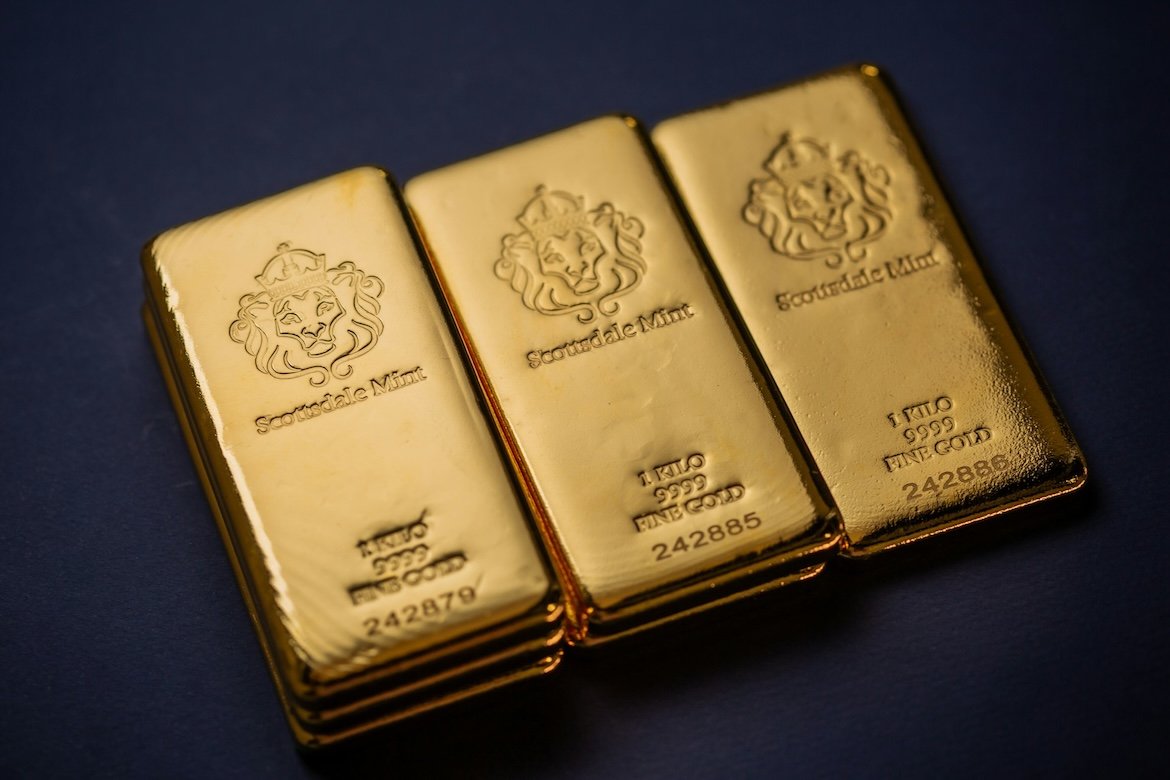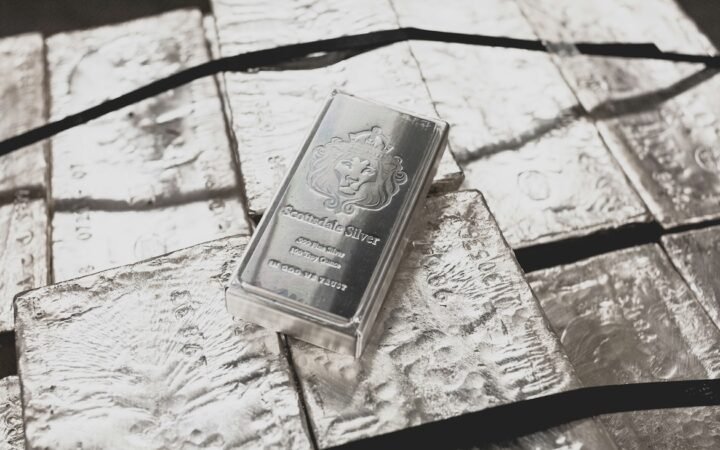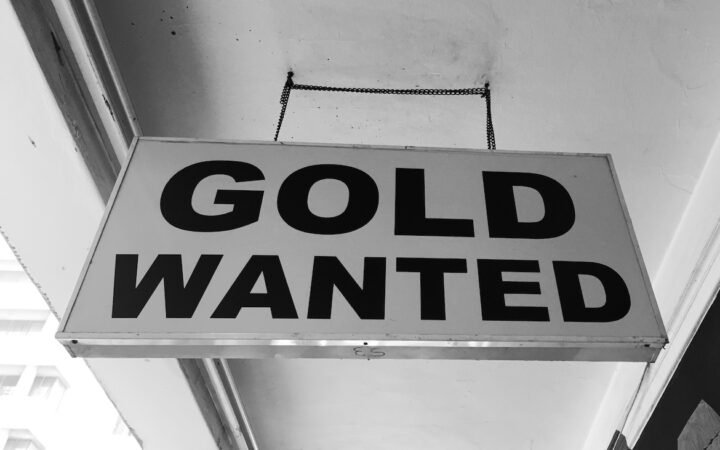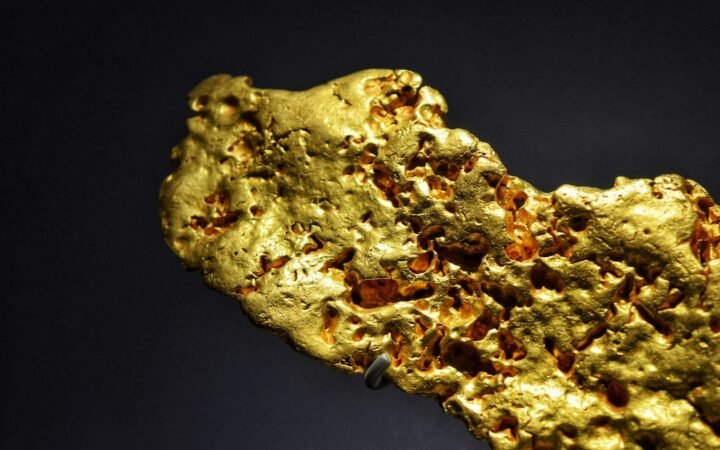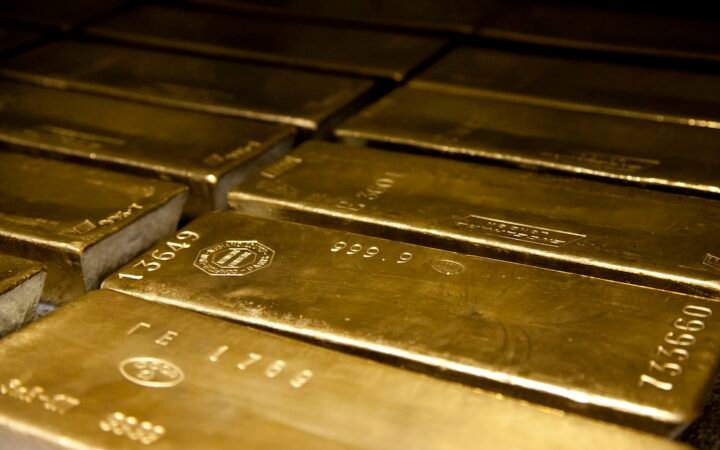
HSBC on Friday forecast that gold’s ongoing bull rally could drive prices to $5,000 per ounce in 2026, marking one of the most bullish outlooks yet among major global banks. The projection reflects what HSBC calls a sustained “bull wave,” supported by elevated geopolitical risk, persistent central bank demand, and growing participation from new investors entering the gold market.
Spot gold broke through the $4,300 level on Thursday, on track for its strongest weekly performance since December 2008. The metal has surged nearly 60% year-to-date, outperforming equities, bonds, and digital assets.
HSBC’s analysts said they expect the rally to continue well into the first half of 2026, potentially reaching the $5,000 milestone before moderating later in the year. “The bull market is likely to continue to press prices higher through 1H 2026,” the bank wrote in its research note. “We could very well reach a high of $5,000 an ounce sometime during that period.”
Drivers Behind the Forecast
The bank raised its average 2025 gold price forecast to $3,455 per ounce, up from $3,355 previously, and increased its 2026 average forecast to $4,600 from $3,950. HSBC cited geopolitical tensions, policy uncertainty, and rising public debt as the main factors underpinning the upward revision.
The latest rally has been powered by a combination of robust central bank buying, record ETF inflows, and mounting expectations for U.S. interest rate cuts. Investors have also sought refuge from trade-related volatility, following new tariff threats between the United States and China and retaliatory export restrictions from Beijing.
“Gold is benefitting from both fear and fundamentals,” said a commodities strategist at HSBC. “Uncertainty across monetary policy, fiscal discipline, and geopolitics continues to reinforce demand from central banks and private investors alike.”
HSBC also noted that new entrants to the gold market — including sovereign wealth funds, algorithmic investment platforms, and digital asset managers — have further expanded liquidity and upward momentum. However, the bank warned that volatility could increase in the second half of 2026 as markets stabilize and speculative positioning unwinds.
Consensus Among Major Banks Strengthens
HSBC joins Bank of America and Societe Generale, both of which raised their gold forecasts earlier in the week, projecting highs of $5,000 per ounce in 2026. Analysts at Goldman Sachs have set a slightly lower target of $4,900, while Standard Chartered expects prices to approach $4,480 over the same period.
The collective optimism marks a rare alignment among major financial institutions, many of which now see gold entering a multi-year structural bull phase.
Gold’s global market capitalization recently exceeded $30 trillion, according to CompaniesMarketCap, making it more valuable than the combined worth of the so-called “Magnificent 7” U.S. tech giants. With spot prices near $4,300 and macro uncertainty showing no sign of easing, analysts say the path to $5,000 is increasingly plausible.
“The drivers of this cycle are deeper and more diversified than in previous rallies,” one metals analyst said. “It’s not just about inflation anymore — it’s about systemic realignment across currencies, policy, and reserve assets.”
